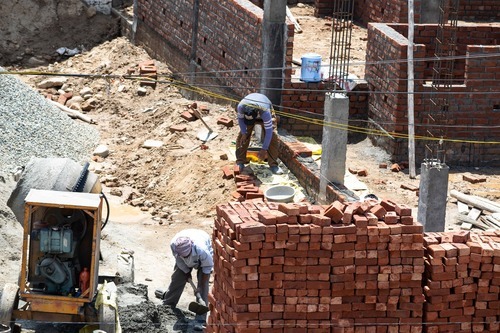Top Four Random Facts on Construction
You have most certainly come across weird and astonishing facts about the construction industry. Here is a collection of four scenarios that are sure to raise your eyebrows.
Fifty-Seven Storeys in Nineteen Days
A team of builders in China claimed to be the fastest after completing a 57-storey skyscraper in under nineteen days. The company engineer attributed their success to a new method of construction that only required materials to be assembled.
40-ft Tall Skyscraper
The smallest skyscraper in the world is the Newby-McMahon in Texas which only required $200,000 to build.
12000 People to Build One Skyscraper
The Burj Khalifa remains the tallest building in the world, and it required the population of a small town to work daily to complete it. 80% of small towns within the United States have a population that is well below twelve thousand.
Adding a Spire to Make a Skyscraper Taller
The construction scene in New York in the 1920s was highly competitive. Everyone wanted their skyscraper to be the tallest. So William Van Alen put a 180-ft spire on top of his Chrysler Building to make it taller than the 40 Wall Street building.

